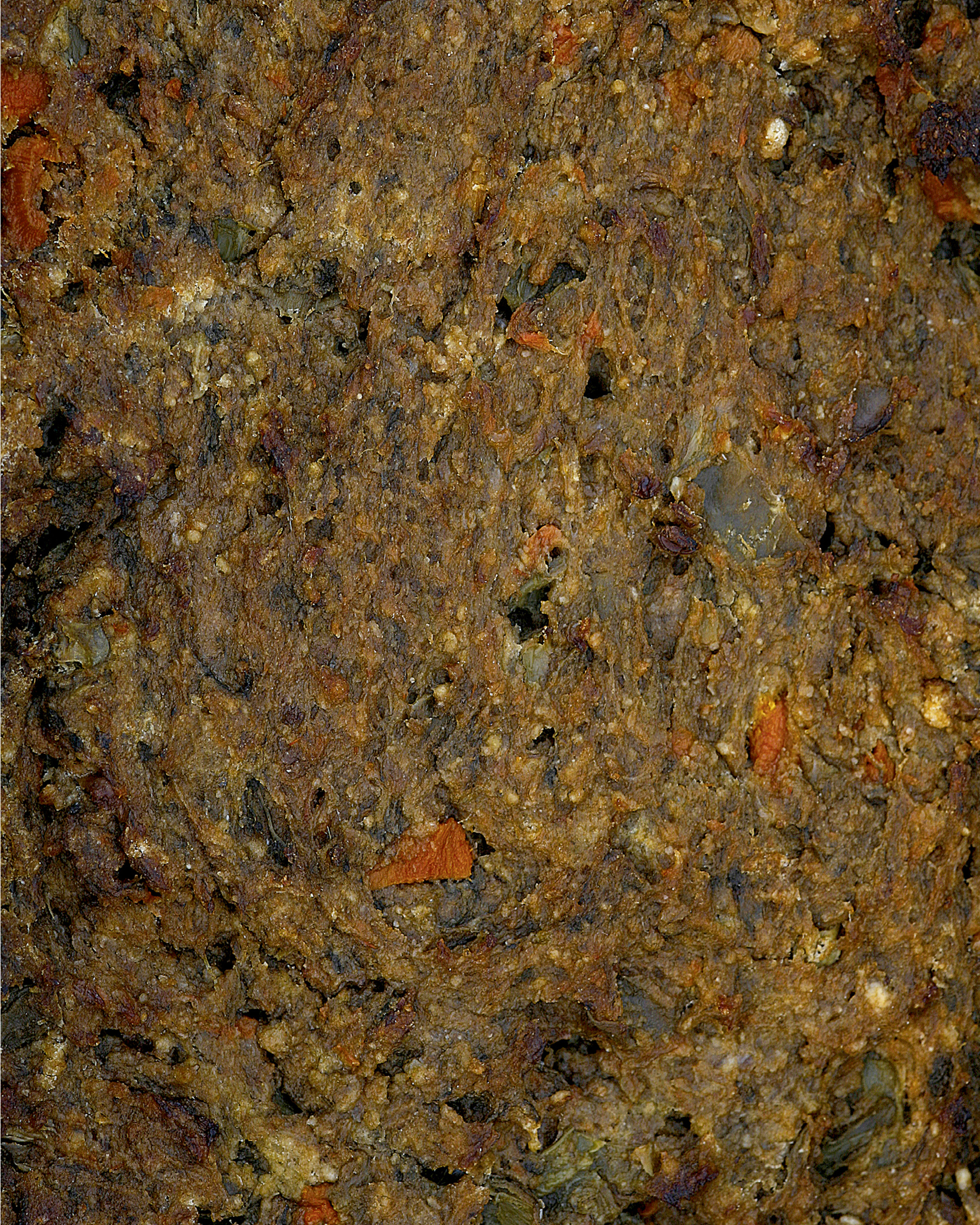Disciplinary Loaf
Cruel and unusual nourishment
The Wardens of Cabinet
The centerpiece of the Eighth Amendment to the US Constitution, the prohibition against “cruel and unusual punishments” is a signal example of the challenges to policy presented by that document’s allusive, and often elusive, language. First coined in the English Bill of Rights of 1689 and borrowed verbatim a century later by the fledgling American state, the phrase has been understood to mean various things by various parties at various times. Given the patent ambiguity of its formulation, it is perhaps surprising that cases involving attempts to discern the intent of the framers with regard to its meaning came before the US Supreme Court relatively infrequently in the first century and a half after its establishment. A ruling in a 1958 case, Trop v. Dulles, would set the tone for our contemporary understanding of the amendment when the court held that its language should be understood in the context of “evolving standards of decency.” This similarly hazy standard would be put to the test just over a decade later when, in 1972, the court ruled in Furman v. Georgia that, in certain cases, the death penalty fit the definition of a “cruel and unusual” form of punishment, only to reverse course four years later when, in Gregg v. Georgia, it ruled that certain death penalty regimes enacted by individual states—which, it observed, confirmed “that a large proportion of American society continues to regard it as an appropriate and necessary criminal sanction”—did not meet the standard of cruelty and unusualness.
Although typically associated with such literally life-and-death scenarios, the Eighth Amendment has also been in the news over the last two decades in a rather different context, one embodied by the substance depicted on the facing page. Known variously as prison loaf, disciplinary loaf, special management meal, seg loaf, or nutraloaf, the material in question is a species of meatloaf that contains a range of ready-to-hand ingredients and which is served to prison inmates who misbehave. (The particular loaf pictured here is based on what is purported to be the recipe for the Illinois prison system and is a mélange of ground beef, canned vegetables, milk powder, potato flakes, breadcrumbs, applesauce, tomato paste, and garlic powder.) First emerging in the mid-1980s, the foodstuff has, over the course of the last twenty years, been the subject of numerous lawsuits brought by inmates protesting—on Eighth Amendment grounds—the use of nutraloaf as a punishment. Though most courts have denied such claims, in 2009 the Vermont Supreme Court—ruling on narrower procedural grounds—held that inmates could not be subjected to a nutraloaf diet without due process (a ruling that perhaps owes more to an analysis of the Fourteenth Amendment than the Eighth). And perhaps even more to the point, just earlier this year the US Court of Appeals for the Seventh Circuit ruled more broadly that forcing inmates to subsist on this “bad-tasting food” did indeed on its face violate their Eighth Amendment rights, overturning a lower court ruling in the case of one Terrance Prude, then incarcerated in the Milwaukee County Jail, who lost weight and developed serious medical issues while on the nutraloaf regimen.
Perhaps emboldened by this decision, the Cabinet editorial assistants who were drafted to taste our loaf—which, truth be told, seemed a relatively innocuous, if rather homely, repast—refused, and so its charms, or lack thereof, remain for us the stuff of conjecture.
